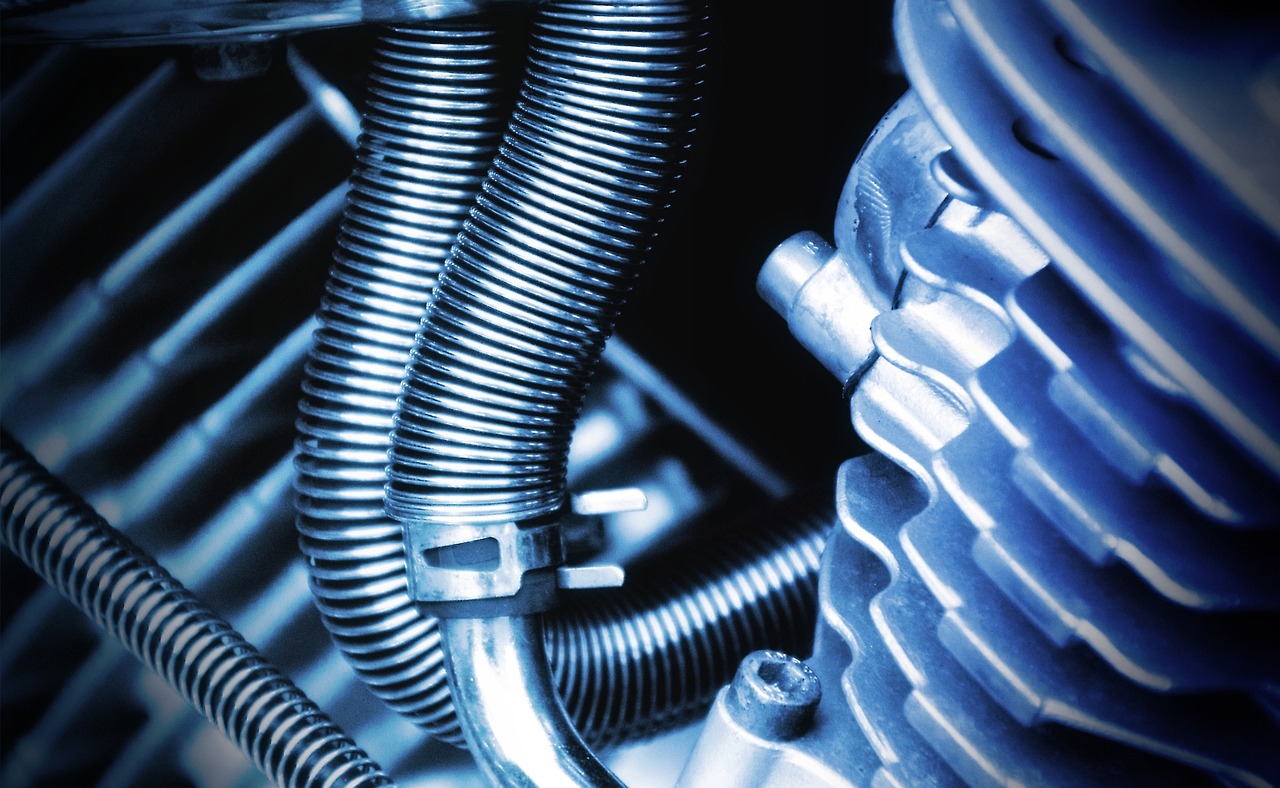The stability of our faucets and sinks is crucial for smooth daily activities in the kitchen or bathroom. However, when the screws securing these fixtures become loose, it can lead to faucet wobbling or sink instability. In this article, we will discuss the potential causes of this problem and provide solutions to help you secure your fixtures.
Reasons for Loose Screws:
- Wear and Tear: Regular usage and repeated movements of the faucet handle or sink can cause the screws to gradually loosen over time. The constant pressure and vibrations can compromise the tightness of the screws, leading to instability.
- Improper Installation: In some cases, the fixtures may not have been properly installed initially. If the screws were not adequately tightened during installation, they can loosen over time, resulting in a shaky faucet or sink.
- Water Leakage: Continuous exposure to water can weaken the grip of the screws. Over time, the moisture can corrode the metal, causing it to rust or deteriorate. This corrosion weakens the connection, leading to loosened screws.
Solutions to Secure Fixtures:
- Tightening Loose Screws: Start by locating the loose screws in the faucet or sink. Use a screwdriver that matches the screw head size and tighten them firmly. Be careful not to overtighten, as it may cause damage. Check the stability of the fixture after tightening the screws.
- Adding Thread Sealant: Apply a small amount of thread sealant or plumber’s tape to the screw threads before tightening them. This helps create a tighter seal and prevents the screws from loosening easily. Ensure that the sealant is compatible with the material of the fixture.
- Repairing or Replacing Damaged Parts: If the screws or other parts of the fixture are damaged or corroded, consider replacing them. Consult the manufacturer’s instructions or seek professional assistance to ensure proper replacement and installation.
- Regular Maintenance: Periodically inspect your faucets and sinks for any signs of loose screws. Tighten them promptly to prevent further instability. Additionally, address any water leaks to minimize the chances of corrosion and subsequent screw loosening.
A loose screw in a faucet or sink can lead to wobbling fixtures and unstable sinks, causing inconvenience and potential damage. By identifying the causes and implementing the appropriate solutions, you can secure your fixtures and ensure their stability. Regular maintenance, proper installation, and timely repair can help you maintain a steady and reliable kitchen or bathroom environment. Take the necessary steps to secure those loose screws and enjoy a hassle-free experience with your faucets and sinks.
